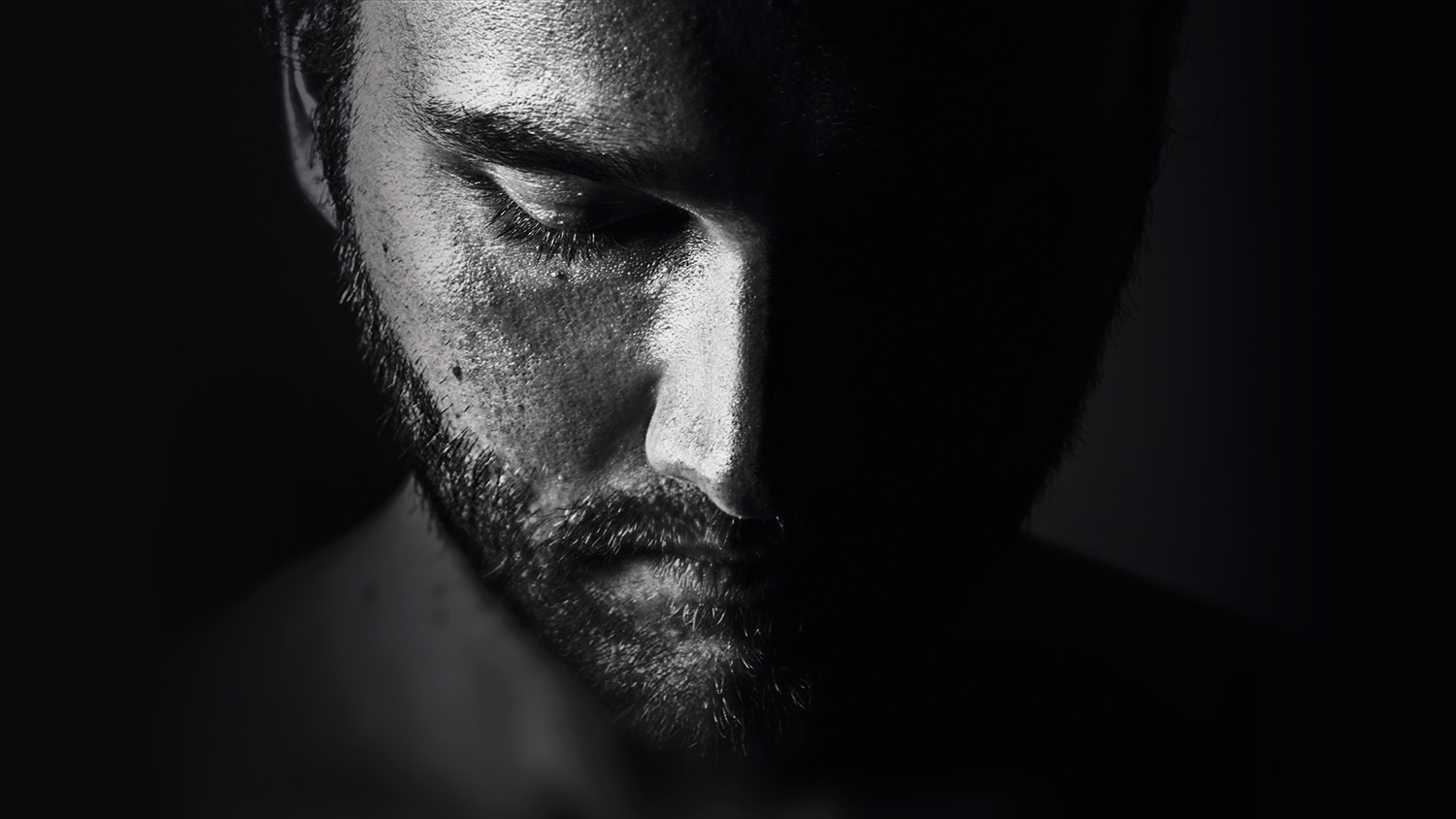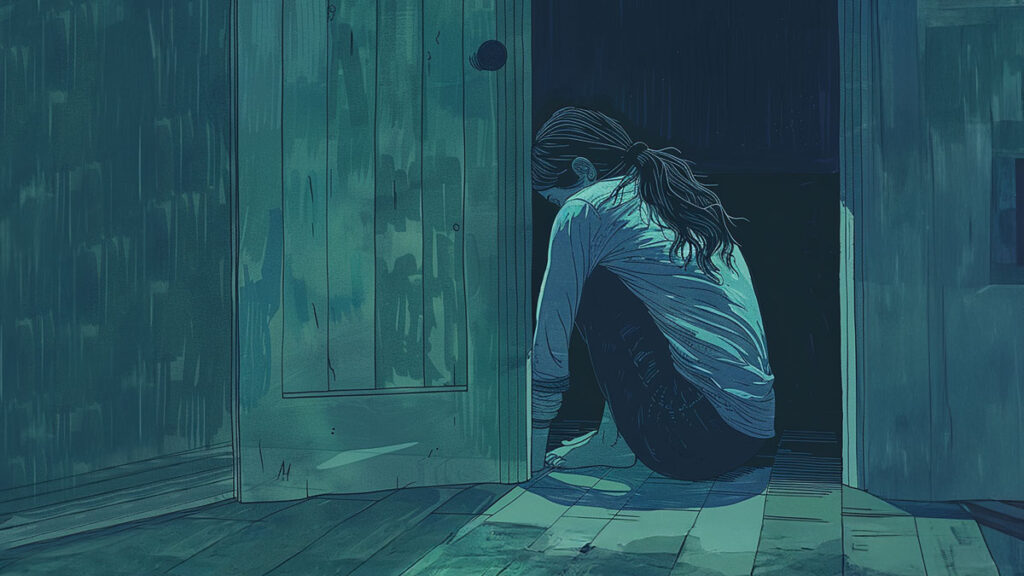After many years of faithful service, Woodridge (Qld) ADRA centre manager Pam Wood has retired, but not before delivering a final vigorous serve to the local paper on an issue she’s passionate about.
“It is something that’s looked down upon within the community—that if you’re a man you shouldn’t be bullied by a woman. A lot of men suffer in silence on this issue because they don’t feel like people will listen and take them seriously,” she said to the Albert & Logan News, citing an increase of men needing help from ADRA after being abused by their partners—about five new cases per week. “Ms Wood said outdated societal norms were masking the true figures behind male domestic violence,” reported the paper.
“The hardest thing about being a male victim of domestic violence is the feeling that no-one believes you,” says one of Pam’s clients, an Adventist man who has requested anonymity—we’ll call him Simon. “The constant verbal abuse, including name-calling and constant put downs, wears you down slowly. Objects randomly thrown at you for no apparent reason are like daggers to the heart. The punches to the body and face may seem small but when they happen constantly, day after day, it’s like your energy is being slowly drained away.”
Simon’s account of the combined effects of verbal and physical abuse echoes what helping professionals are accustomed to hearing from women abused by their partners. The physical scars may fade but the emotional damage lingers on, paralysing abuse survivors with indecision and self-doubt.
“I am now on a disability pension for major depression due largely to the 12 years of frustration and pent up anguish,” says Simon who is now separated from his wife. “High doses of anti-depressants just dull the senses; all the frustration is still there, it’s just pushed back and down. The feelings easily resurface when any conflict between a male and a female is witnessed or spoken about.” [pullquote]
The way we understand violence between the genders can be inconsistent. The thought of a woman being assaulted by her male partner is horrifying to most of us—we would reject the suggestion that she had somehow provoked or deserved the attack. But when the roles are reversed, many of us struggle to suppress a chuckle—the mental picture of a man cowering before a woman’s threats is so incongruous as to be comical. And we’re quick to suggest how the man might fix the situation: “Stop saying things that annoy her; man up, show her who’s boss; just leave.” The underlying message is you are the problem, even though she’s the one dishing out the abuse.
And yes, it can get physically violent—very violent. Another anonymous man, “John”, who spoke to the Albert & Logan News, said he was a victim of abuse for seven years at the hands of his partner. In one of the worst attacks she scalded him with boiling water and even attempted to run him over with the family car.
Simon says he’s physically a lot bigger and stronger than his ex; that made it hard for people to believe that he was on the receiving end of the abuse. “Being in hospital for stitches after being assaulted with a kiddie pram by a female partner is not an escape from suspicion either,” he recalls. “The looks you get from nurses and doctors are humiliating. Just another day of disbelief from outsiders. As I was brought up in a Christian family I have certain values that put me at a disadvantage when living with an abusive partner. Raised to respect women it was hard to live with the fact that she did not show me the same respect that I believed should be reciprocated.”
Pam Wood points out that while a variety of domestic violence support services exist, they nearly always cater primarily, if not solely, for women. They’re usually staffed by women too. “There’s a lack of men working in these support networks but males would feel more comfortable talking to another male,” she told the paper.
Yvonne Stalling, ADRA Woodridge’s financial officer, has seen how men can so easily fall between the cracks. Last year she met a single dad with two daughters, aged 6 and 8. It seems there’d been relationship problems and he’d left the family home with his children. They’d been homeless, sleeping under a bridge.
“I then realised that there is nowhere in this area that caters for men with daughters,” recalls Yvonne. “They could not go to a women’s shelter, because they did not allow men there, and they could not go to a men’s shelter, because this was not safe for his daughters.” In the end, it was decided to pay for the family to take the train to Sydney, where a relative had offered temporary accommodation. “Although we were able to help them, their sad story has left a huge impact on me, and made me realise that there is a desperate need for men in this situation,” Ms Stalling says.
“There is a phenomenal amount of support for women and rightfully so,” said John to the Albert & Logan News, “but for males reporting the issues to police and community services those issues are being ignored. Generally men are quite introverted when dealing with emotions and problems and it takes a lot for them to seek help. I would like to see the establishment of refuges for men in situations (where they) need to get away from a violent partner so they can have somewhere to go.”
John may be overstating the availability of domestic violence services for women—in reality funding is tight and emergency accommodation can be difficult to access—but his points are worth considering. Abused men are largely invisible because they don’t fit the profile we expect. Nevertheless their pain is real and so are their needs. It’s heartening to see organisations like ADRA’s Woodridge centre are doing what they can, not just to raise awareness of this forgotten issue, but to get stuck in and make a practical difference.






